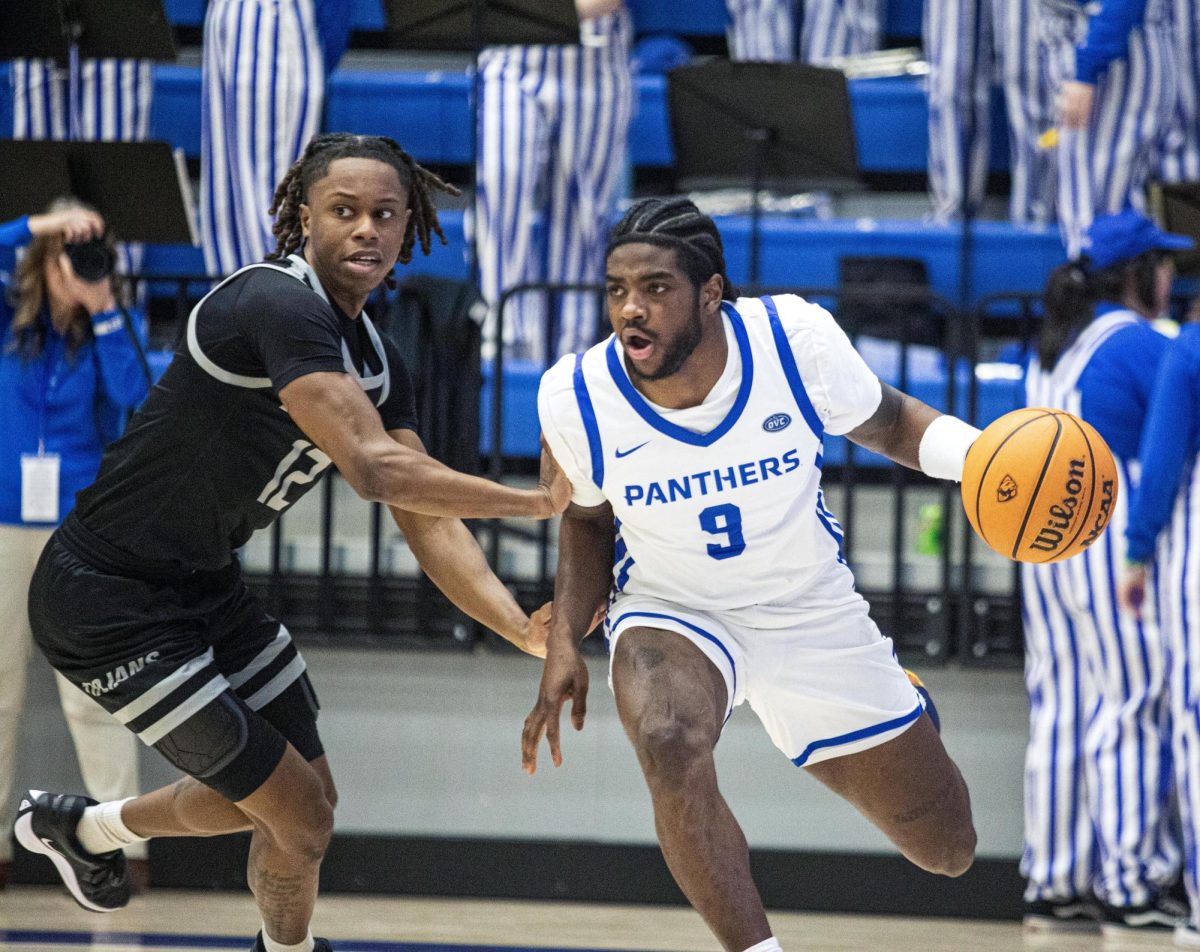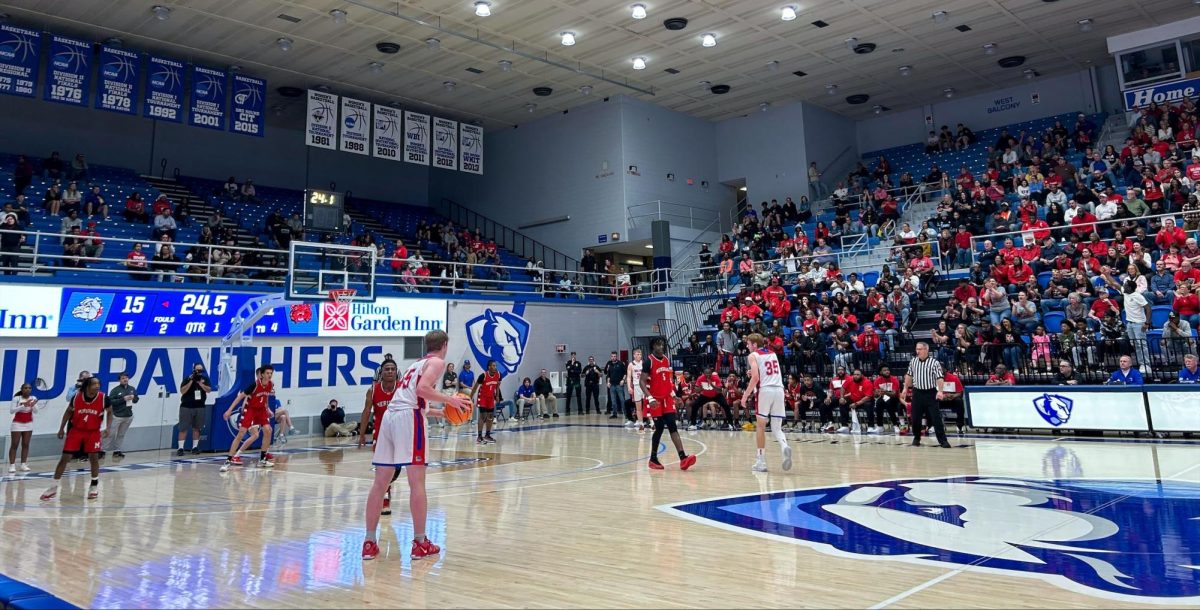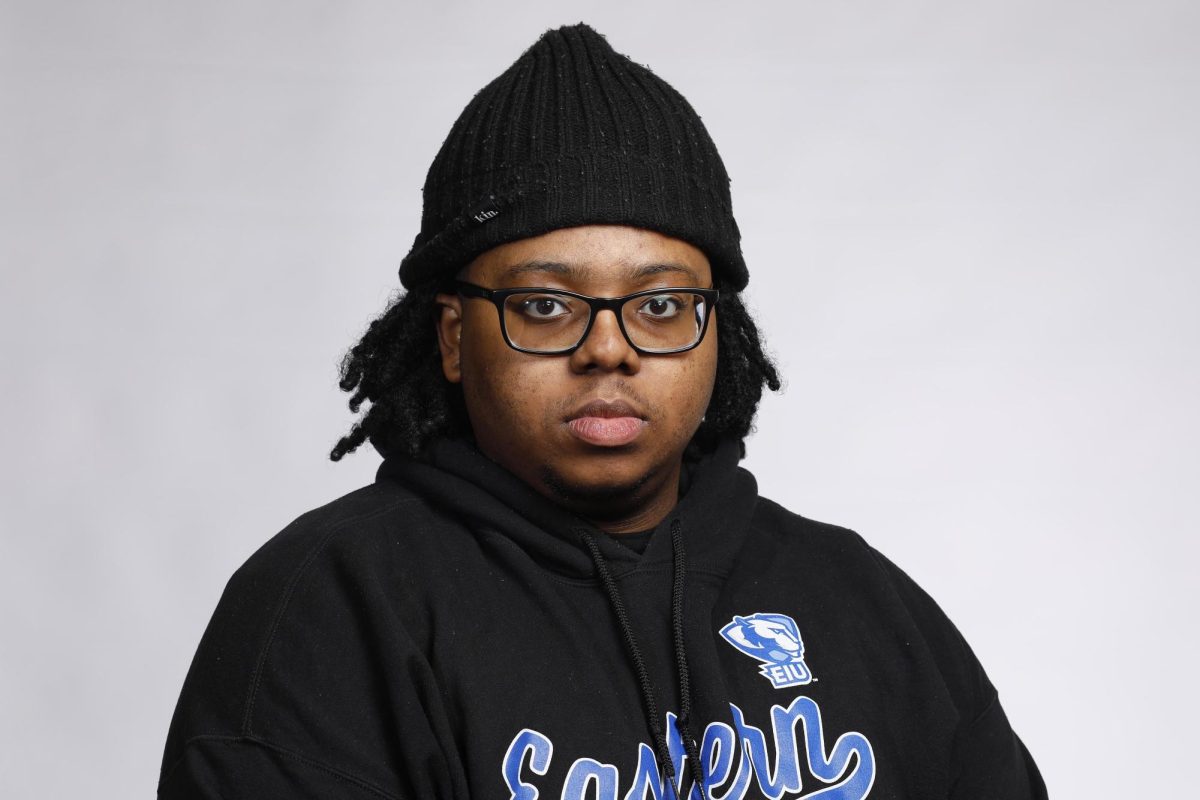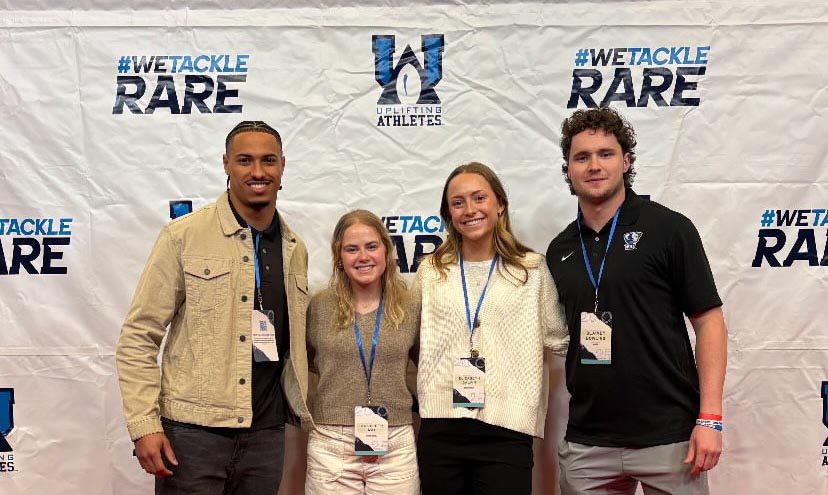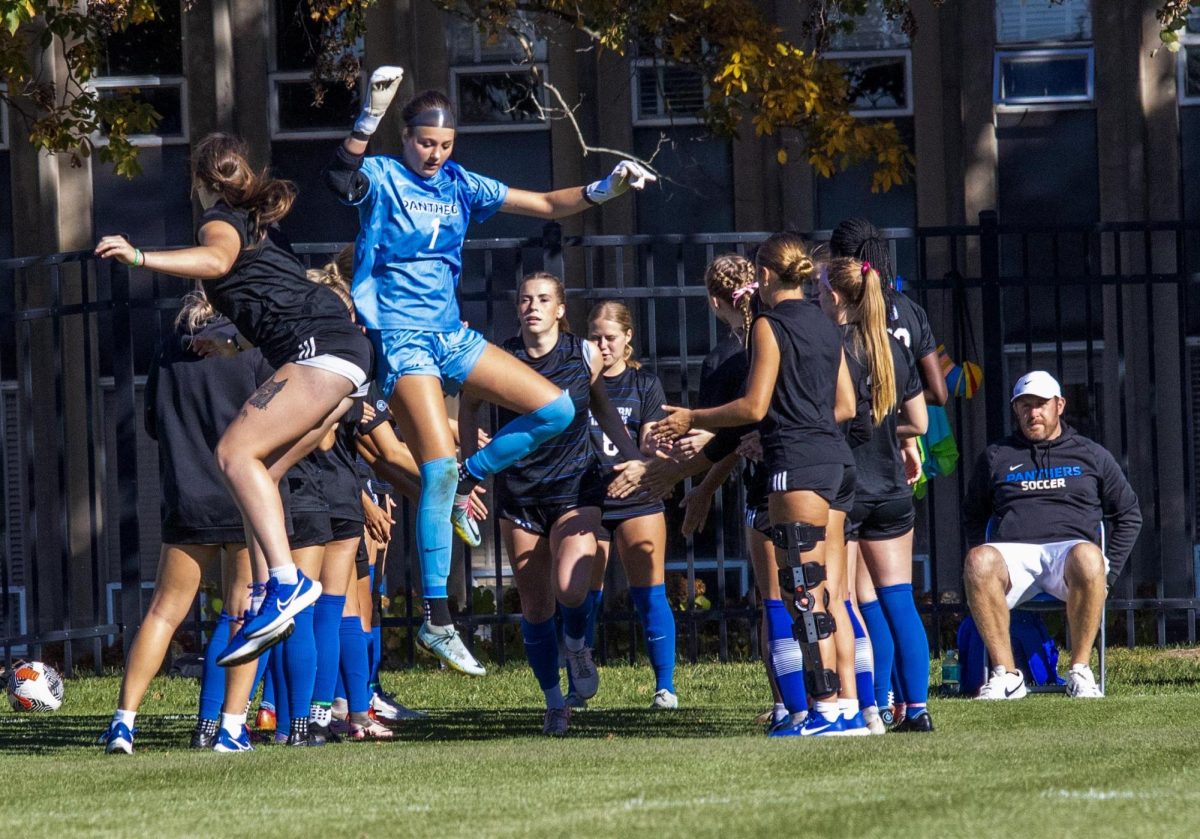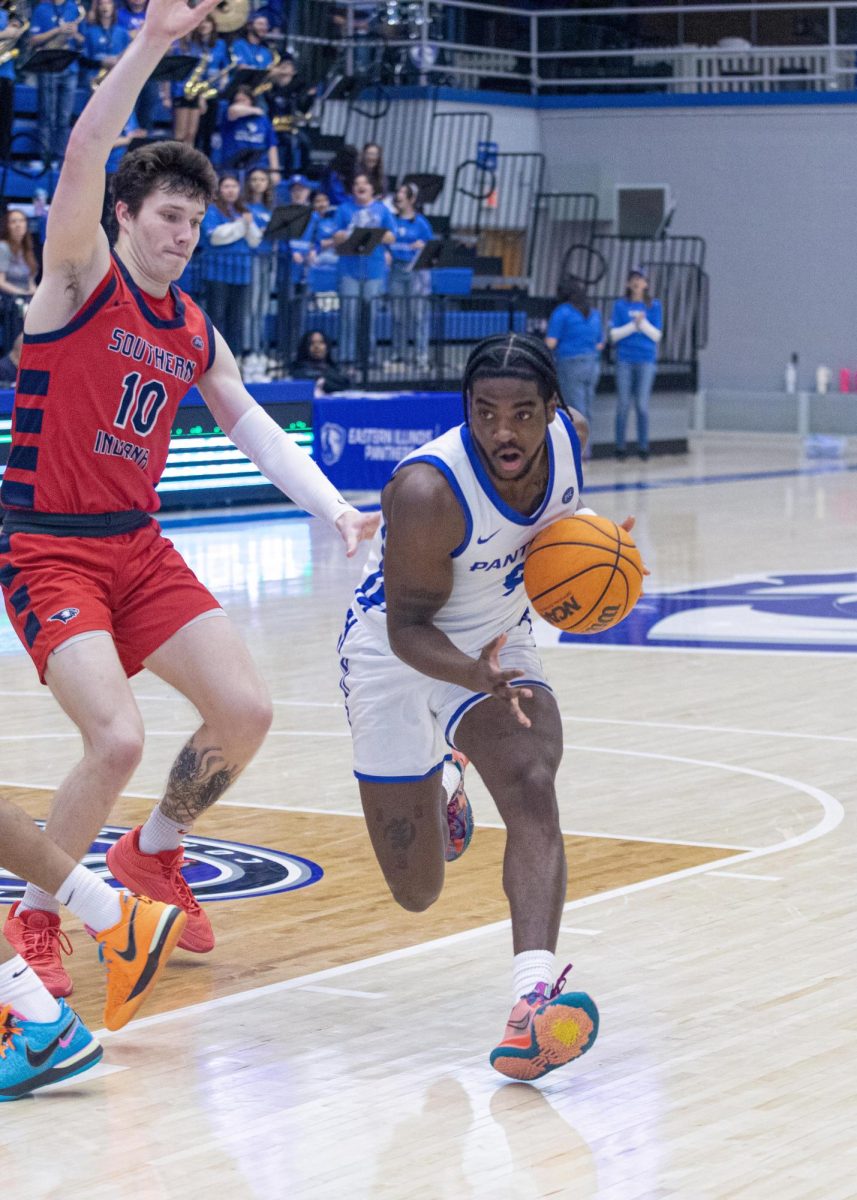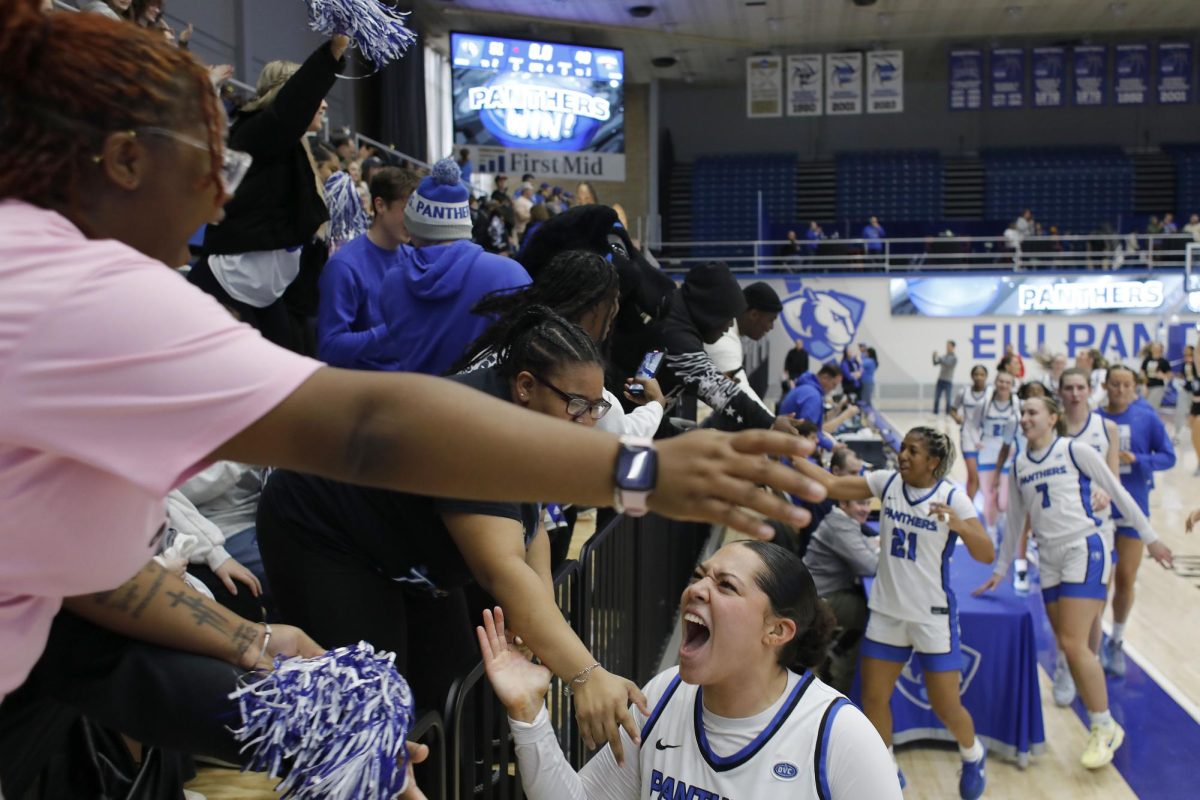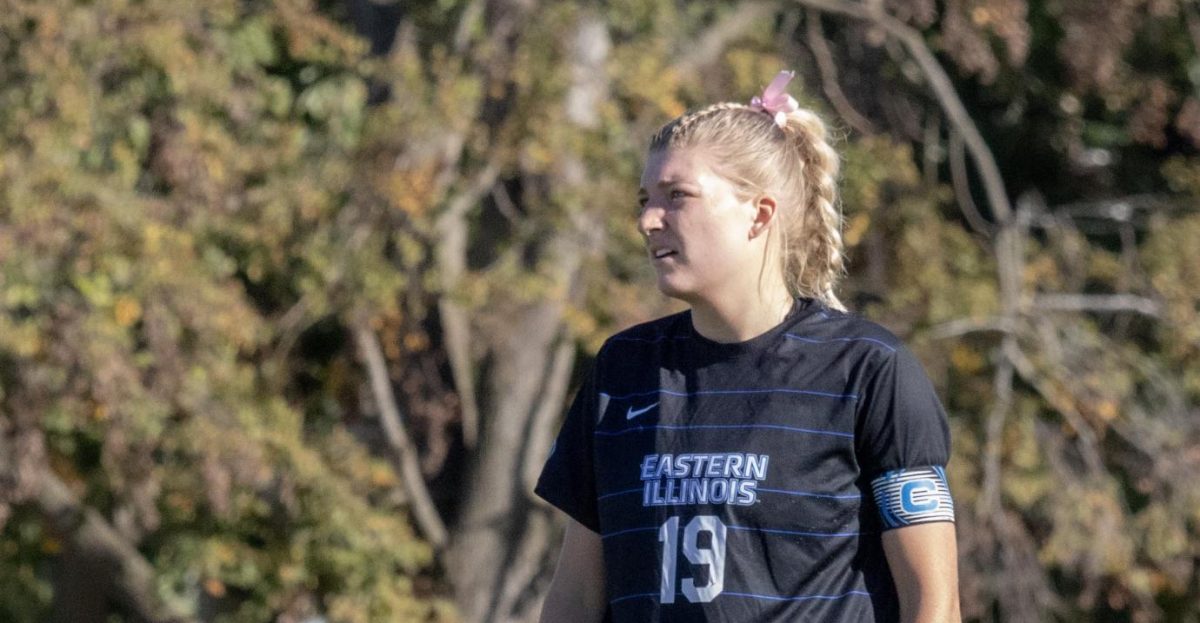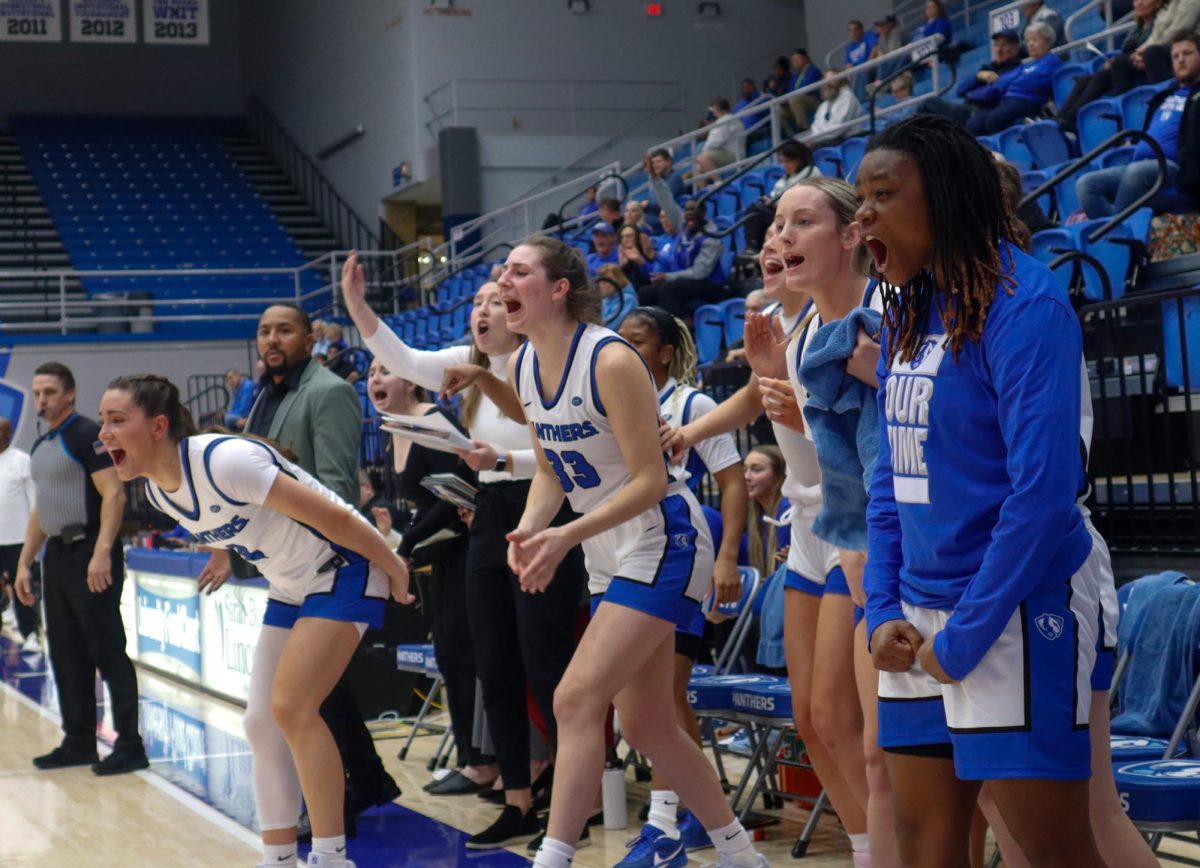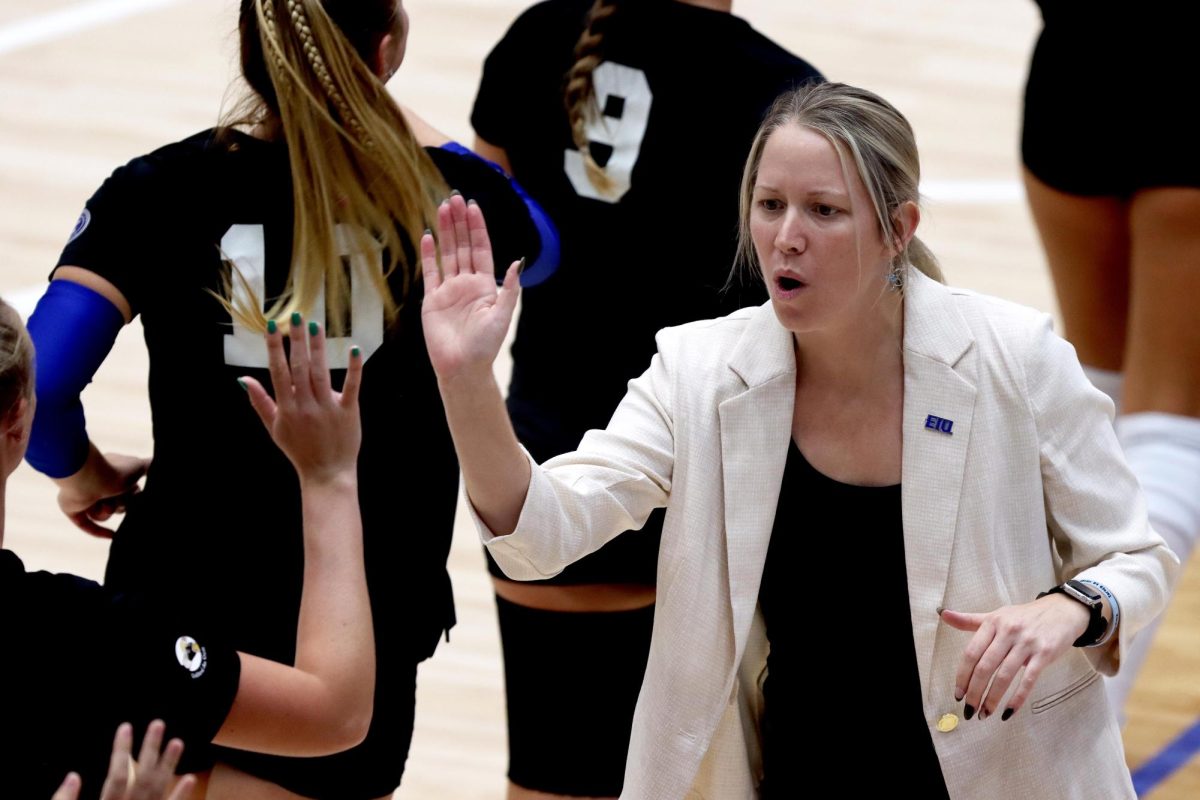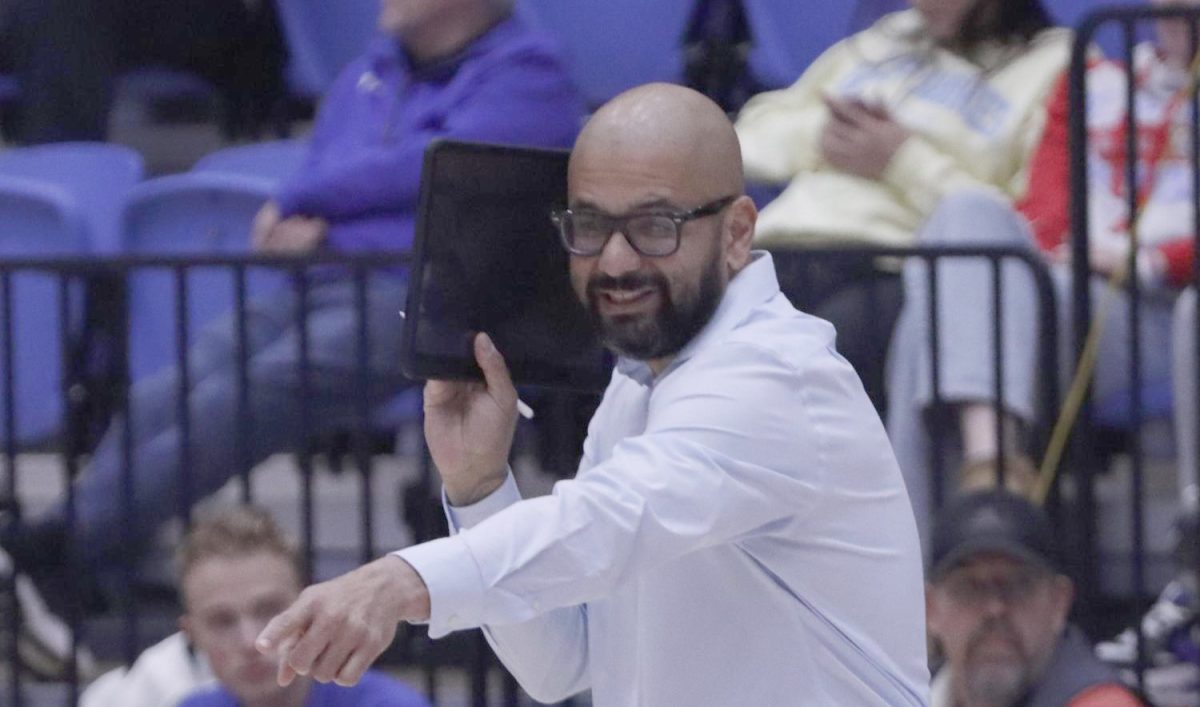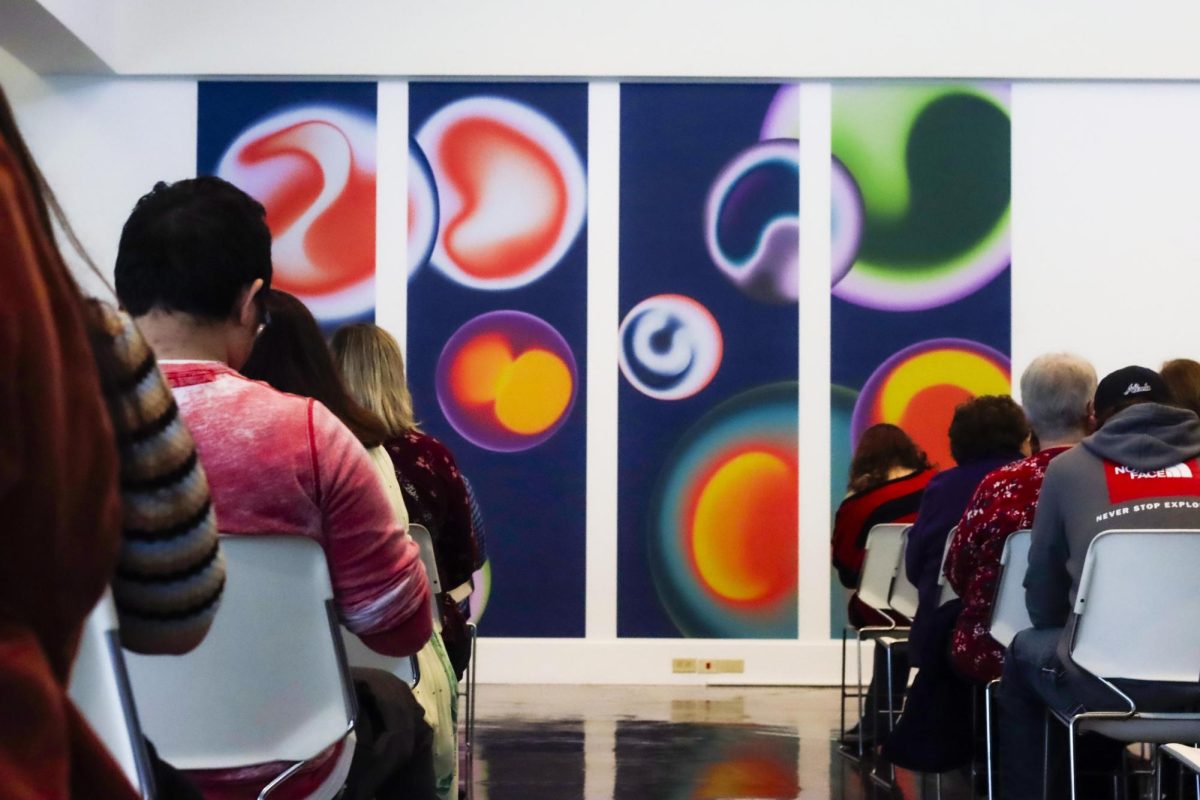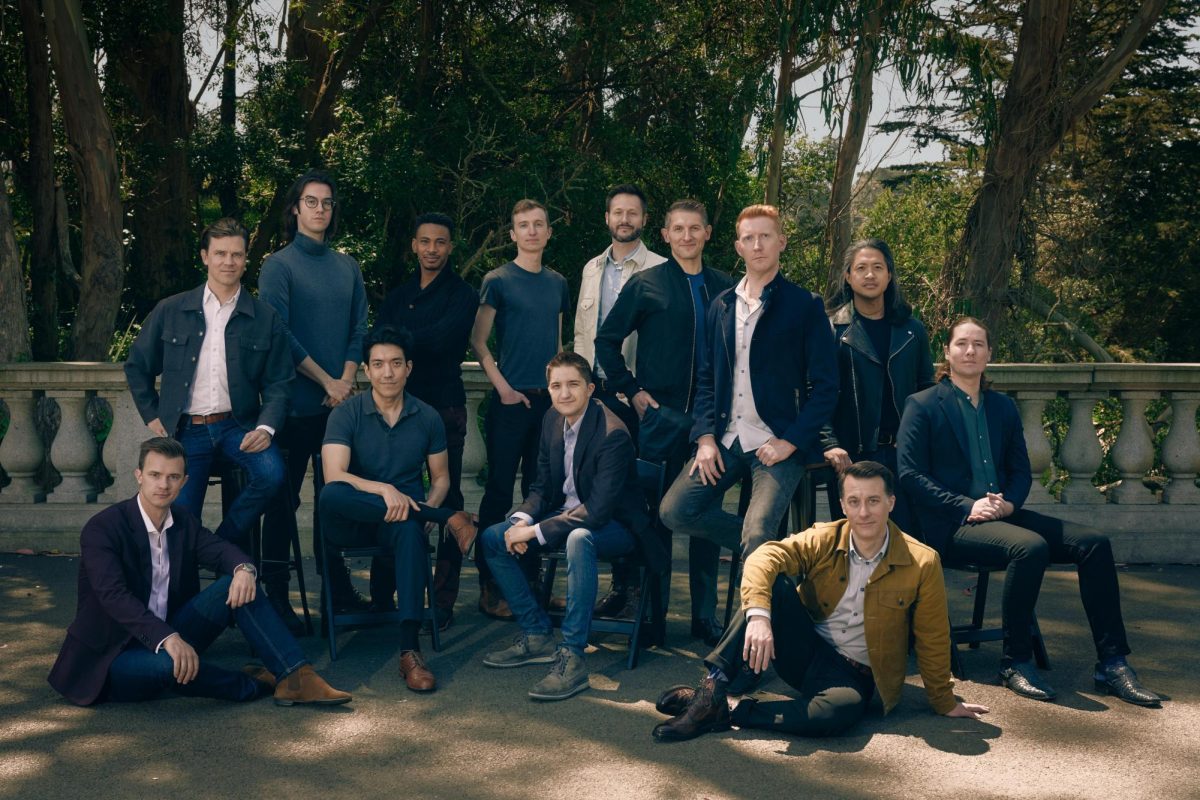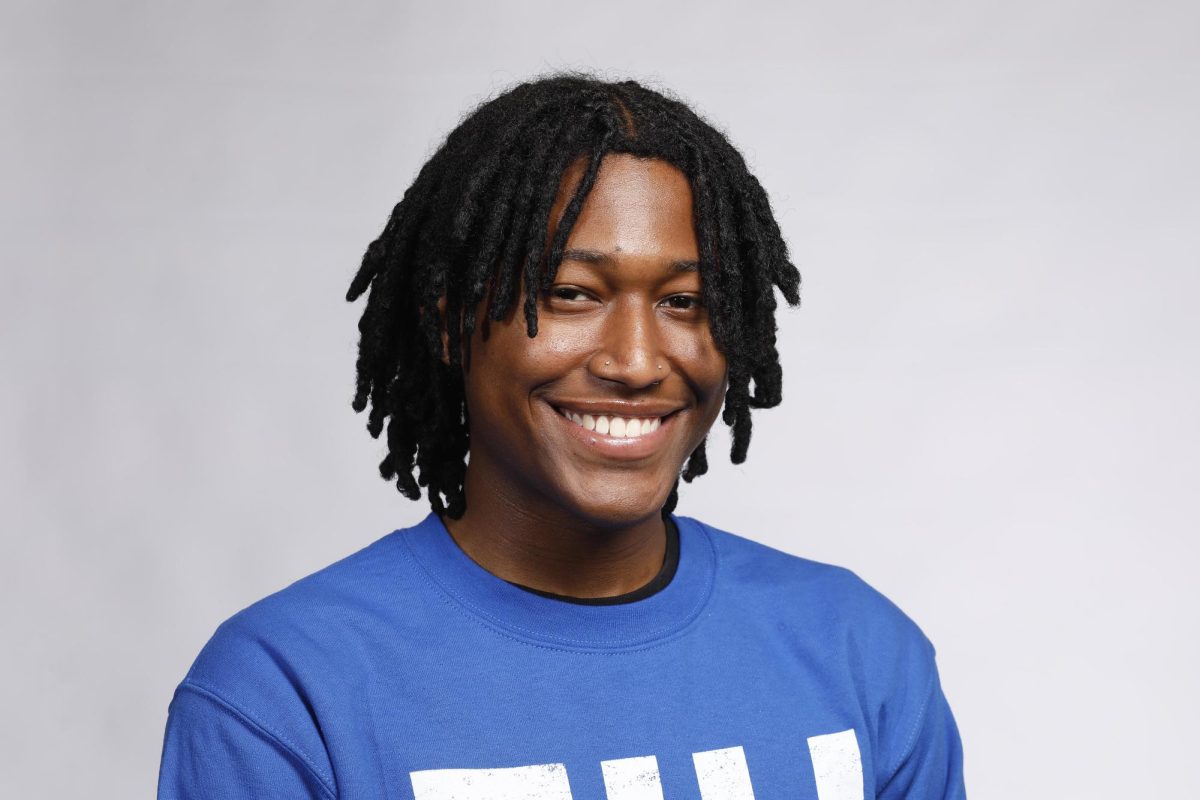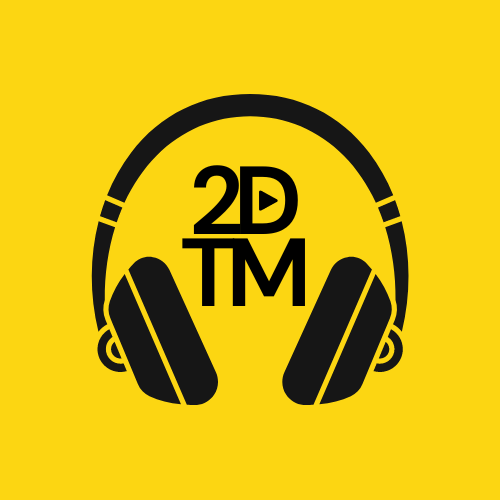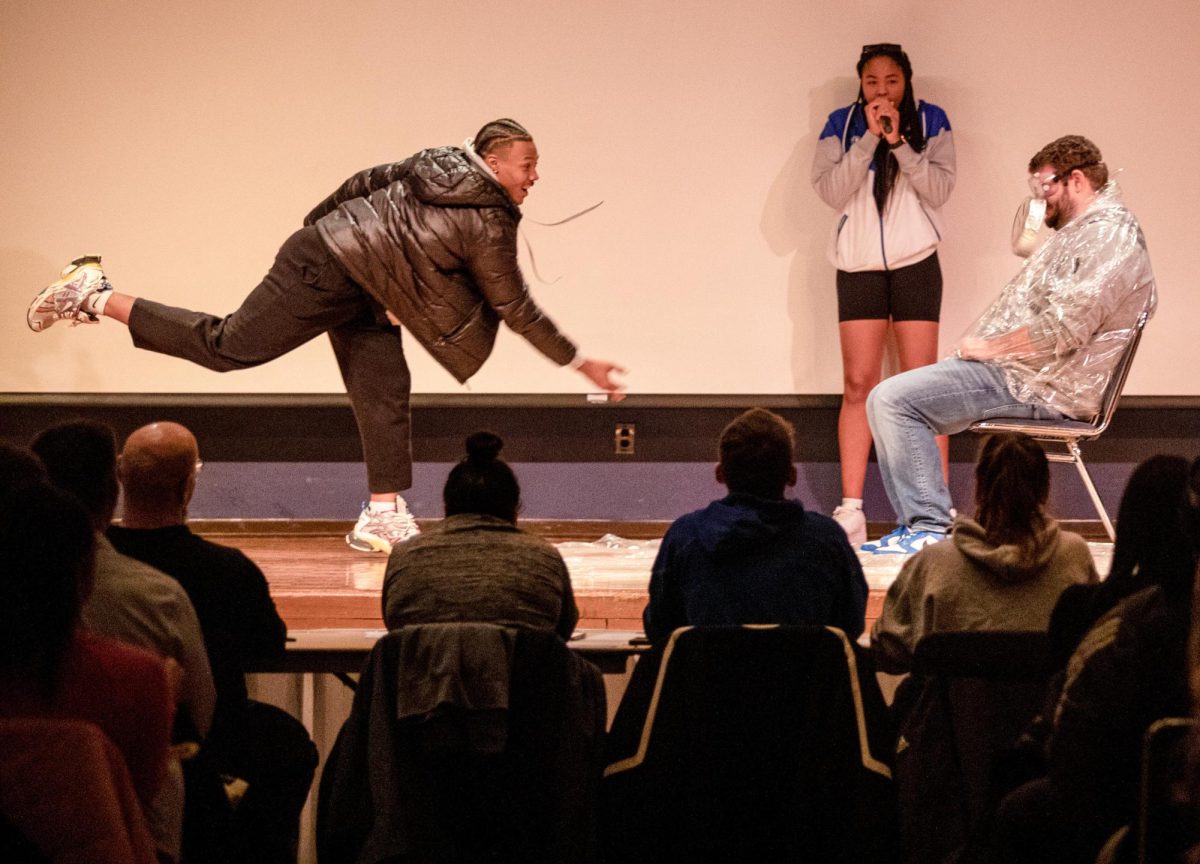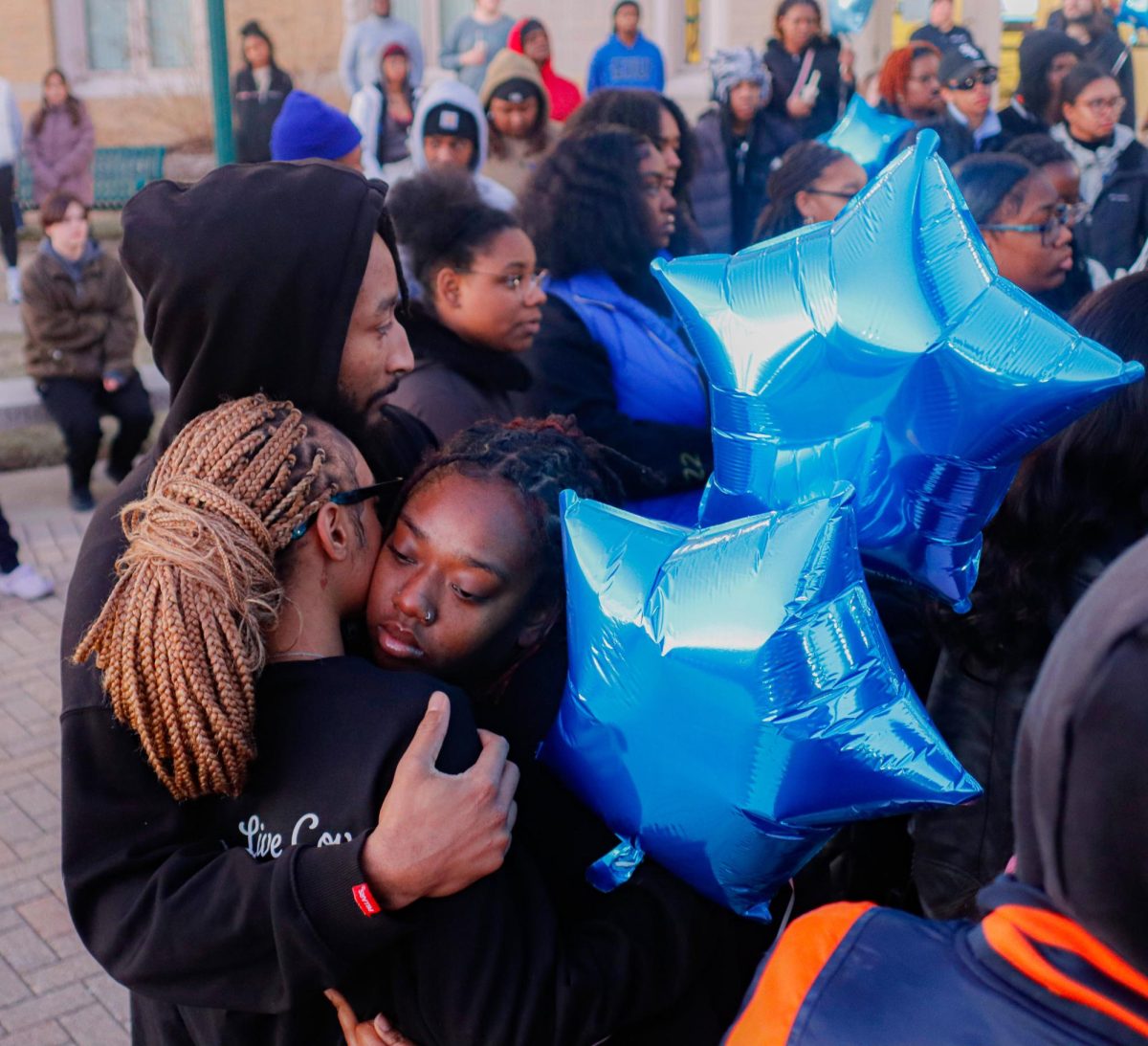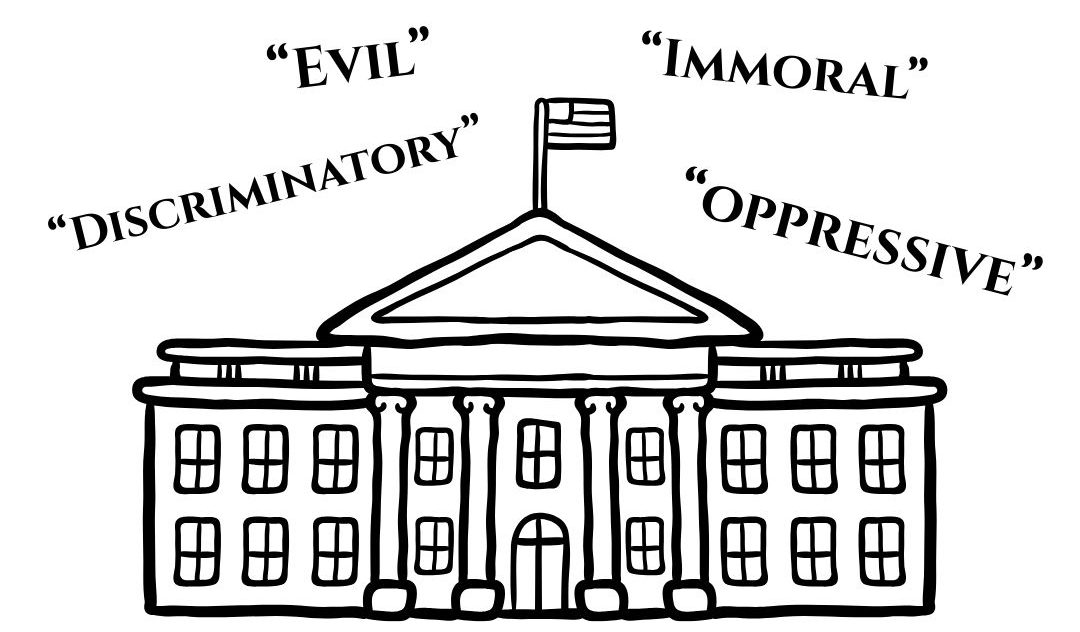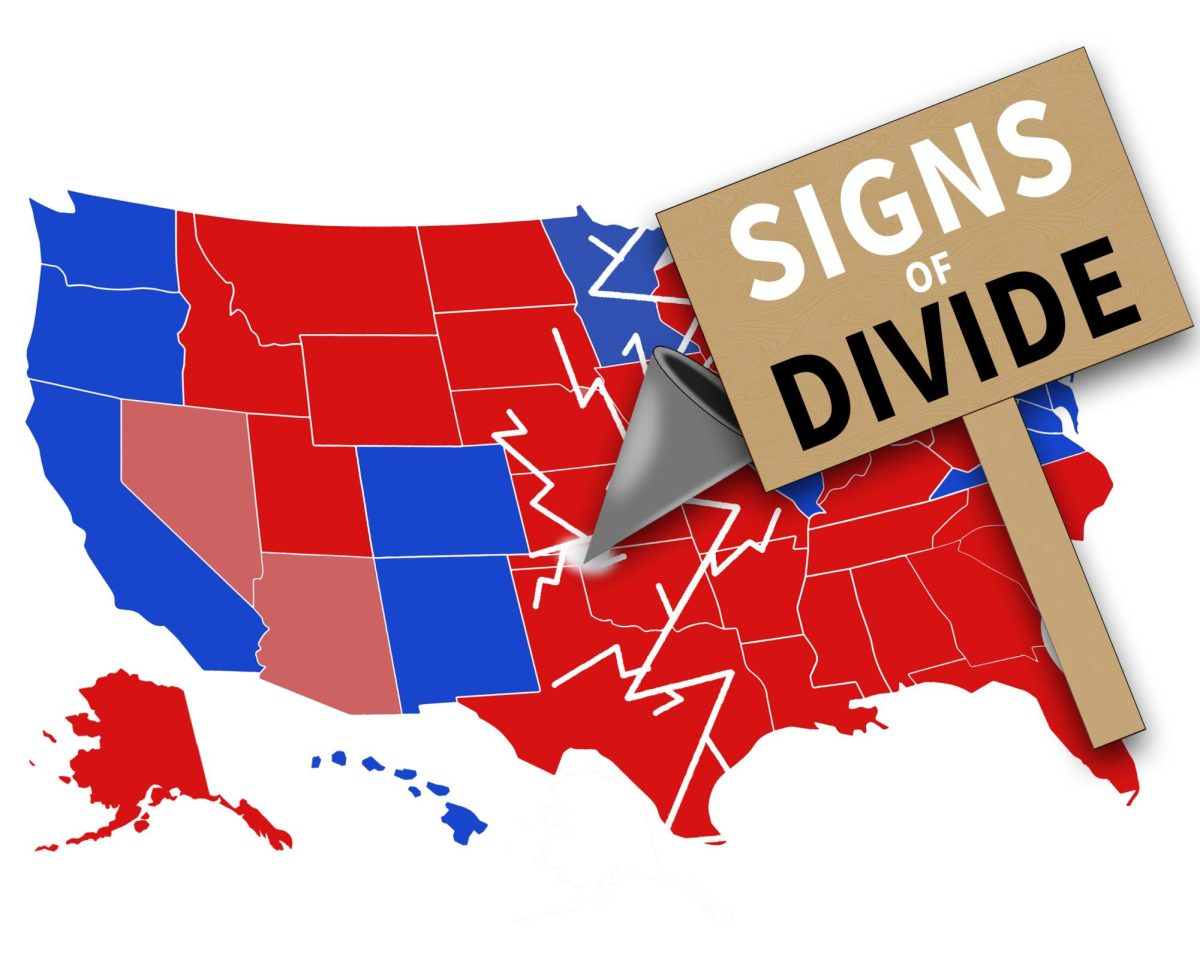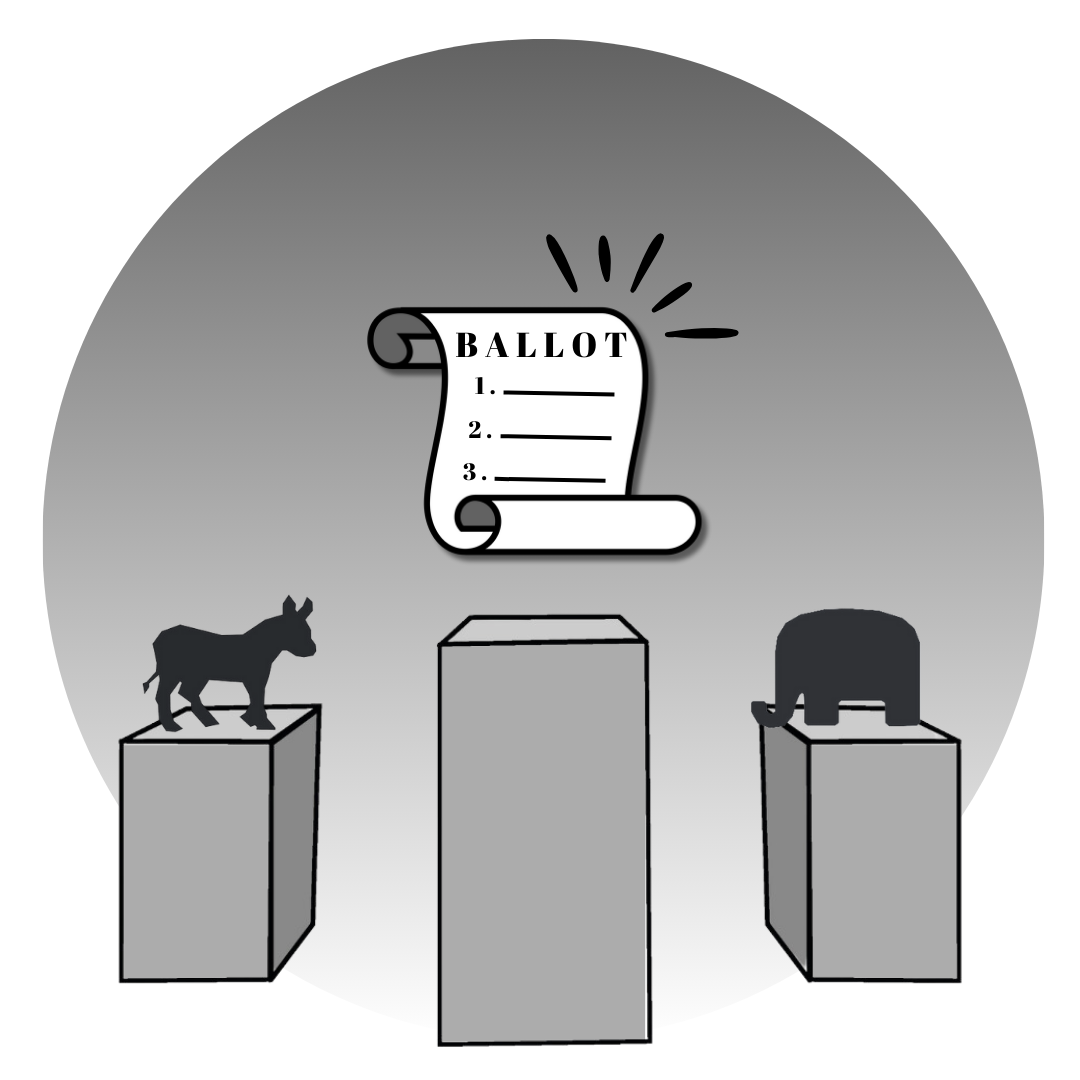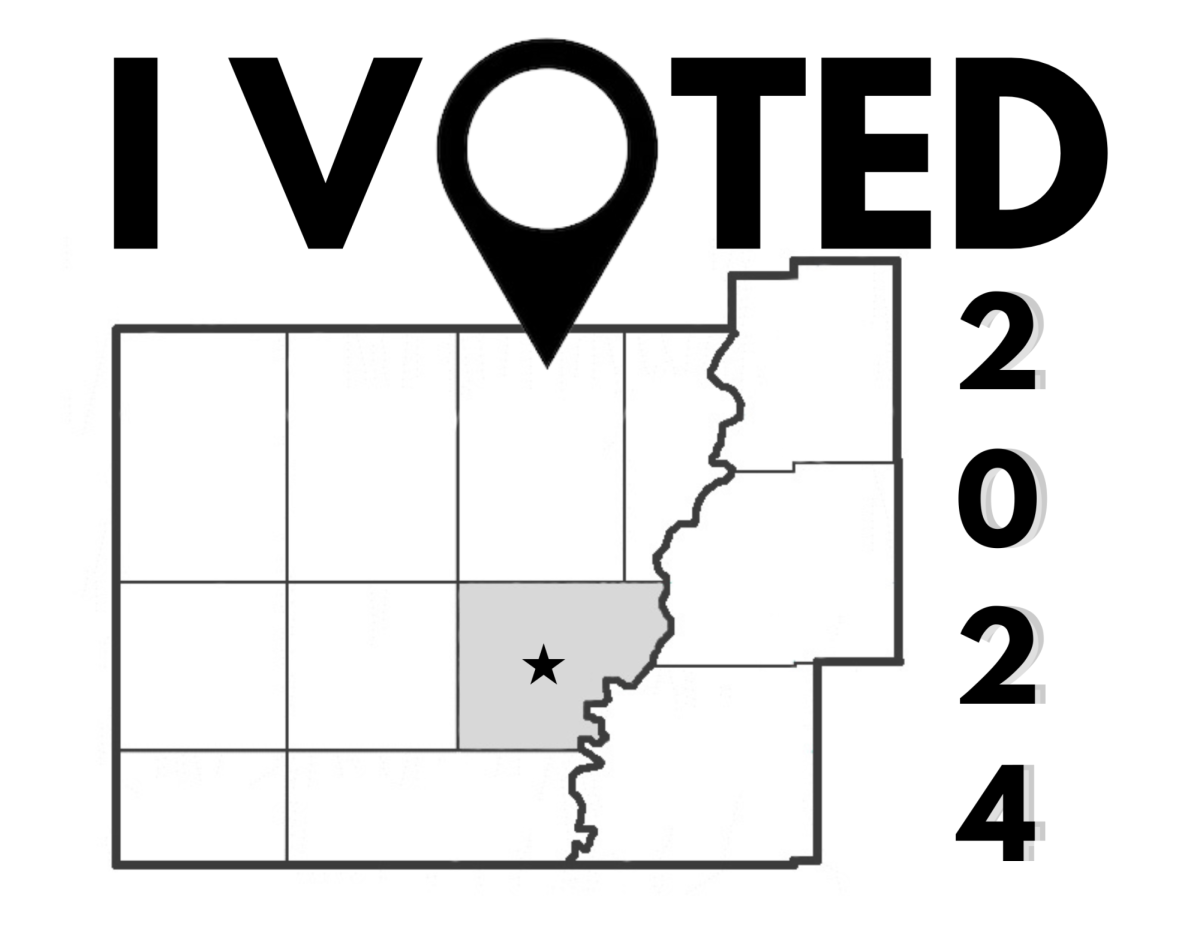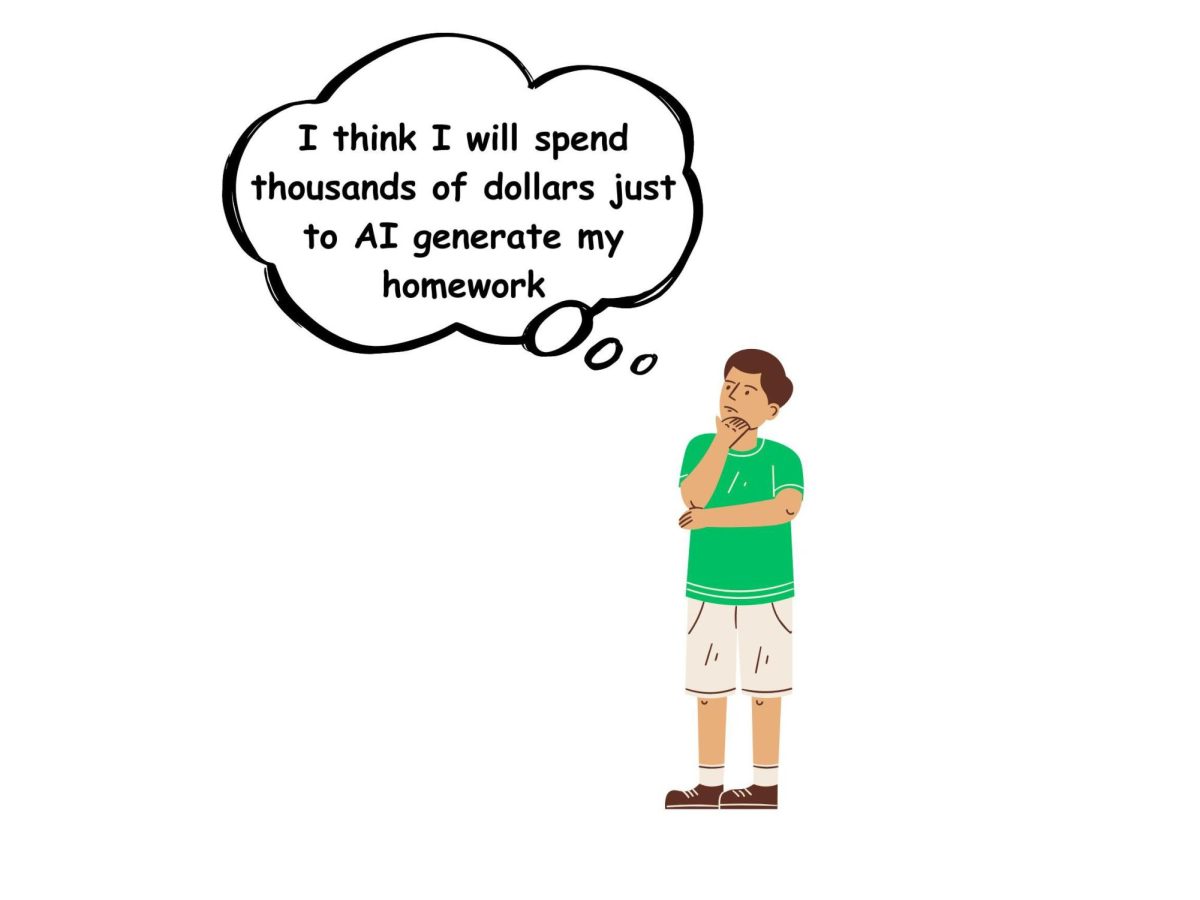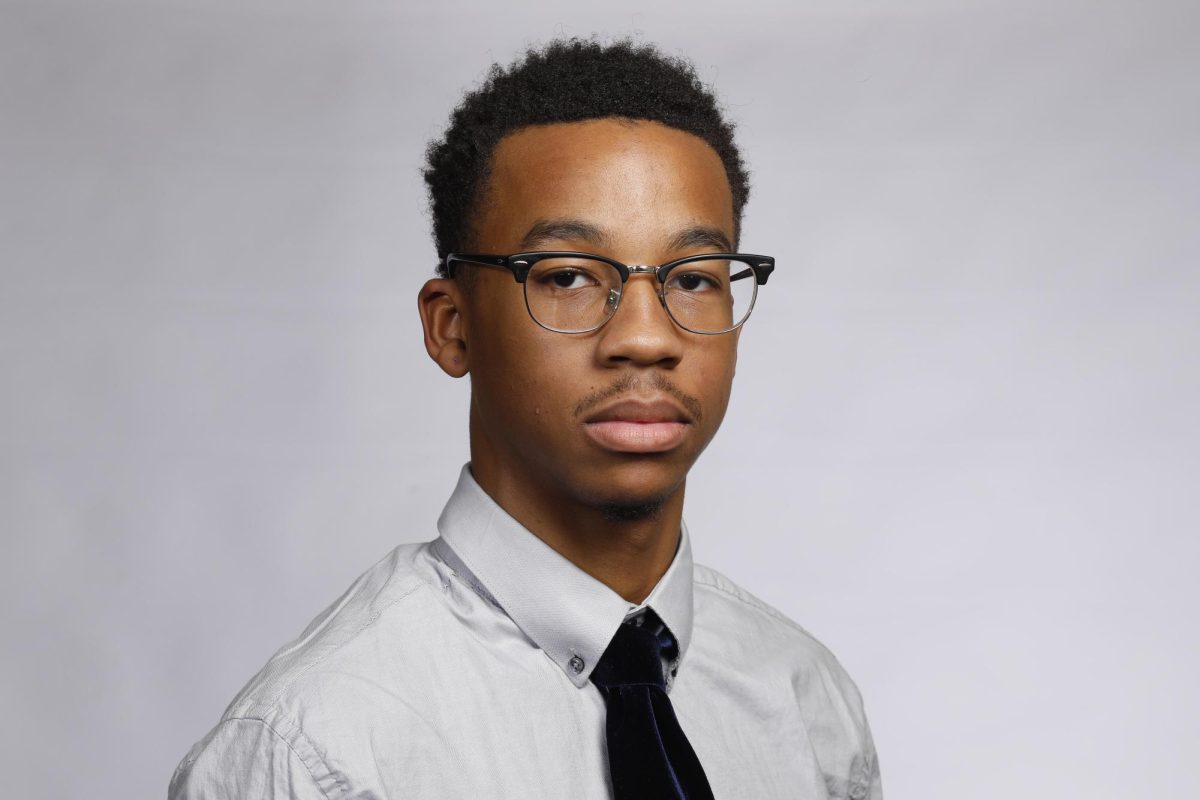Diversity, equity and inclusion have become some of the latest political buzzwords targeted online.
Thousands of claims about DEI are out there, many true, many more false. But as tends to happen to buzzwords, the meaning of DEI has been twisted and changed into something untrue.
So, let’s break it down. What actually is DEI, and why are there so many misconceptions about it?
DEI is made up of three words: diversity, equity and inclusion.
Diversity is built around the idea that people are varied, so let’s call this variety. There are all kinds of people in this country with identities like age, race, gender, disability, economic status, religion, veteran status and more. Everybody has identities, whether it be how old you are or what religion you practice.
Equity is the idea of fairness in identities. Fairness revolves around making sure people have the same opportunities no matter who they are or where they come from.
Inclusion is the idea that people should belong and not be excluded based on factors like their gender or their age.
“In order to level the playing field to make sure everyone is starting at step one, you have equity based educational programs,” said John Blue, the executive director of the office of belonging, access and engagement.
Putting these ideas together, DEI is about treating people fairly and making people feel like they belong.
“There are a lot of people that have dumbed it down to the point that they think that DEI is just hiring people in positions that are unqualified for positions just because of either their race, gender [or] sexual orientation,” Blue said. “That is not what DEI is.”
At EIU, the office of belonging, access and engagement makes programs to support students, offers mentoring for students of all identities and has scholarships among other things.
“A lot of people think that we are making programs based off, ‘Oh, we think that students will like that.’ But for DEI practitioners, we have to connect everything to data,” Blue said.
Blue said the office looks at what communities are struggling and makes programs to provide support for them.
One program based on these stats is Strong M.A.N., Blue said. At EIU and around the country, Black and Hispanic men have the lowest graduation rates and highest dropout rates in college, Blue said.
The Strong M.A.N. group seeks “to encourage confidence, integrity, self-respect and self-esteem by providing positive role models and networking with other educational, industrial and recreational professionals,” according to its page.
Blue said with Strong M.A.N., the office looks at grades and dropout rates, finding out what the grade point average of the group at the end of the semester or year to see if the program is helping or not.
If it isn’t working, the office makes changes in order to support a statistically struggling population.
So, what are some of these misconceptions around DEI?
There is an idea floating around right now that DEI programs are unfairly excluding certain groups.
Like Blue said, DEI has been made to be a Black or Hispanic issue.
While DEI programs help those populations, statistically Black people have actually benefitted the less from DEI programs, especially Black women—according to McKinsey and Company.
The largest beneficiary of DEI programs have historically been white women. Another one of the largest? White men, said Blue.
Fairness initiatives don’t just encompass race. They include programs that help people from rural towns and counties go to college. They help disabled veterans get jobs and not be turned away. They help fund special education.
One example of someone who benefited from a DEI program would be Vice President JD Vance. According to PolitiFact, Vance was from a lower income household, was a first-generation student and was a veteran.
Vance said himself that the Yellow Ribbon Program– what Yale University calls one of its DEI initiatives– was what allowed him to go to college. It was financial aid based on him being a veteran.
Additionally in his time at Yale, Vance joined the Yale Veterans Association to better feel like he belonged at Yale. This is an inclusion and belonging program and is just one of many out there like it.
Vance was qualified to go to Yale, but without these programs, he likely never would have had the opportunity. DEI programs benefits everyone, not just one group.
Another misconception about DEI is that it promotes discriminatory hiring or admission.
This is not true. DEI does have a hand in hiring and admission, but not in the way it has been made out to be.
DEI is not about hiring less white employees or less men. It is about making sure race, age or disability doesn’t prevent someone getting a job they are qualified for.
That’s the key word. Qualified.
Inherently, DEI is anti-discrimination.
The reason a disabled veteran can work at your local grocery store is in part due to DEI, which legally prevents them from being discriminated against based on their disability.
The Age Discrimination in Employment Act, which stops people over 40 from being fired based on age, is another DEI program.
“Americans deserve a government committed to serving every person with equal dignity and respect.”
These are the words Trump wrote in the executive order banning DEI, an initiative based in fairness and serving everyone in the country.
DEI is not taking away people’s rights. Lifting up disadvantaged groups of people does not tear those in the advantaged group down.
The key word of DEI is fairness, and it always will be.
The Editorial Staff can be reached at 581-2812 or at deneic@gmail.com.

















![[Thumbnail Edition] Senior Foward Macy McGlone, getsw the ball and gets the point during the first half of the game aginst Western Illinois University,, Eastern Illinois University Lost to Western Illinois University Thursday March 6 20205, 78-75 EIU lost making it the end of their season](https://www.dailyeasternnews.com/wp-content/uploads/2025/03/WBB_OVC_03_O-1-e1743361637111-1200x614.jpg)
